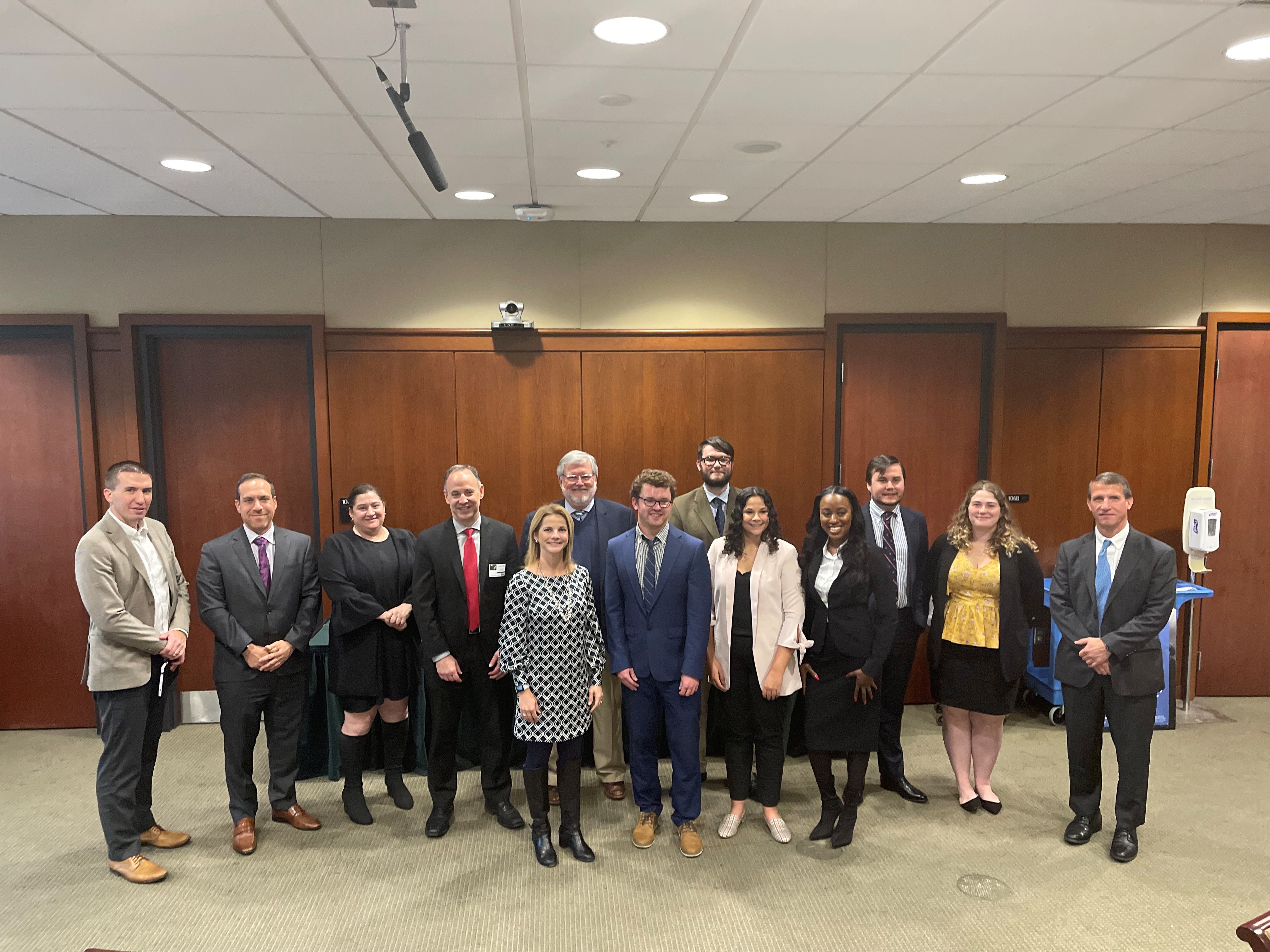By: Lizzie Wichlacz
Haunting cold calls and countless hours of lonely casebook reading in a silent library are how many potential students imagine law school. While this may be true for some, not all professors have decided to teach classes in this traditional method, including Carole & Hanan Sibel Professor of Law, Martha Ertman.
Over the past few years, Professor Ertman has restructured her teaching method in order to reach students in a format they better understand. After classes went virtual in 2020 and both students and professors encountered “Zoom fatigue,” Ertman’s goal was to keep students engaged through short lecture videos and discussion-led classroom meetings.
To make her classes more interactive, Ertman adapted her teaching method to optimize in-person class time. Because students today have access to so much information on the internet, Ertman believes that her job as a professor is to help organize that information in a way that is understandable and useful to her students. She does this through short, 5-minute lecture videos available to her students, where the “lecture” portion of the class, discussing important doctrinal concepts, is explained simply. The videos also include short quizzes at the end to help test students’ knowledge. As a video, students can rewind, repeat, and revisit the lecture and quizzes as much as they need to. This format does not exclude traditional casebook reading but instead is a companion to that reading, tailored to an audience of students that are used to visual learning and accessing information online.
Since the lecture portion of the class takes place before the in-person meetings, Ertman leaves the shorter time they have in the classroom to answer questions and for discussion. Inspired by her colleague Francis King Carey Professor in Business Law Michael Van Alstine, Ertman decided to divide the classroom into “law firms,” or small groups that students may consult to answer questions.
Ertman noted the positive changes in her classroom by adopting this updated structure. Students come to class with a foundational knowledge due to the pre-class videos which enhance the discussion in the classroom. This results in students asking better, and more informed questions, according to Ertman, focusing the purpose of those class meetings on discussion among peers as opposed to a mixture of lecture and discussion.
Additionally, Ertman’s inclusion of “law firms” among the class created a more positive classroom dynamic for two reasons. First, the nature of the law firms provides a more collaborative atmosphere where students learn to work in a group and listen to the ideas of others. She mentioned that there is a place in law school for cold calling, because in practice there will likely be situations where they are put on the spot for ideas and answers, but Ertman does not cold call, because the work of a lawyer is also collaborative, where groups must consult one another to answer questions or figure out problems.
Secondly, the “law firms” help students visualize themselves in the legal field in general. Ertman relayed how many students think “there’s no room for me” or develop impostor syndrome during law school. Being able to structure the class where students are part of a small “law firm” is a small way for students to visualize their future success and belonging.
As today’s technology continues to evolve and is essential in modern life, Ertman said that this method and reliance on technology could be incorporated in more law school classrooms. After all, Ertman noted that “when any of us have something new to learn, we look to YouTube and TikTok videos.” While the videos themselves will never make casebooks and printed materials obsolete, they do help students who are used to a visual learning style understand these concepts.
An example of Professor Ertman’s videos can be found at this link: https://software.westacademic.com/contracts/ch-5A-statute-of-frauds/story.aspx

